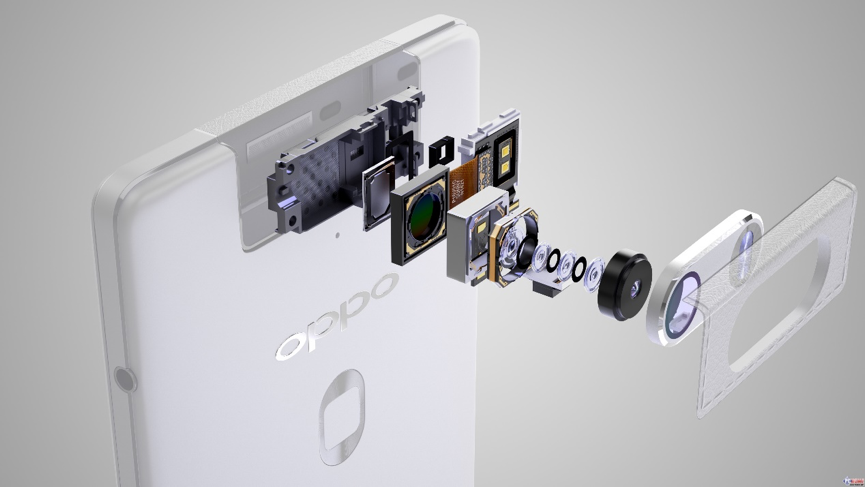
Shooting effect as one of the important indicators of the current mobile phone has become a contested spot for mobile phones. Apple and Samsung have been increasingly anxious about the competition for the best camera phones for many years. Starting from the iPhone 4S with an 8-megapixel rear camera, Apple has been leading the field for many years. When Android reached a staggering 20.7 million pixels, but still can not match the imaging effect of the iPhone "only" 8 million pixel camera, we finally realized that not only the quality of the impact of mobile phones than pixels. In addition to pixels, there are sensors, lens quality, and software algorithms that affect imaging quality. In the past few years, Samsung has been quietly upgrading its hardware and software capabilities. With the launch of the S6/S6 Edge and subsequent models, Samsung has finally moved back to the city.
Pixel Superstition

There are certain historical reasons why people are misunderstanding that the pixel is equal to the quality of the picture. When the camera just appeared on the mobile phone and PDA, only 300,000 pixels are located, and the imaging quality is really bad. With the rapid development of technology, mobile phone pixels have soared to an exaggerated 41 million pixels (Nokia 808). I think there are two obvious leapfrogging developments. The first one is 30-1.3 million to 320-500 million pixels. This is basically a process from “nothingness†to a mobile phone. Photographing of a mobile phone has become a truly useful function, but at this time, the photographing effect is still unsatisfactory, and the portable photography is still the world of card cameras. The second leap is from 5 million to 800-1300 million, and the mobile phone shooting effect is further enhanced. The iPhone is the representative. In many scenes, the mobile phone can already replace the card camera. In these two spans, the improvement of the pixel has played a large role, so that the user has left a false impression of high pixel = high quality, such as Sony's Z3, with a 2.07 million pixel camera, but The actual picture quality is... Of course, we don't mean that high pixels are useless, high pixels do bring better resolution, more details and larger image sizes, which is a comparison between Note5 and iPhone 6. There is no doubt. However, the quality of the image is not determined by a single factor, but is determined by the pixel, sensor area, lens, and post-period algorithm. The following continues to explore the impact of several other factors on the image quality.
Sensor area

We all know that regardless of the digital camera or mobile phone, the most important part of determining the image quality is the photosensitive element. There are mainly two kinds of photosensitive elements, CCD and CMOS. Among them, CCD is better in imaging quality, but the process is complicated and costly, and its power consumption is also higher than that of CMOS. It is not suitable for use on mobile devices. In addition to some early Sharp models, it has rarely seen mobile phones using CCD sensors. Now. In yesterday's article, we have explained in detail the relationship between sensor area and picture quality. For more information, please click on “Inter-AS CMOS, what is μm?†Simply put, the larger the unit pixel area, the better the imaging effect. However, under the same number of pixels, the larger the area of ​​the unit pixel, the larger the area and thickness of the photosensitive element, so the larger the sensor area, the better. Therefore, all major mobile phone manufacturers are looking for a suitable balance between pixel, sensor volume and picture quality.
The secret of the lens group

There are usually two more important parameters for the phone camera - aperture and wide angle. The wide angle is inversely proportional to the focal length, and the larger the wide angle, the shorter the focal length. The focal length is proportional to the lens thickness, that is, the shorter the focal length, the smaller the lens module thickness. Therefore, in addition to providing a wider viewing angle and a wider field of vision, the large wide angle lens can also reduce the thickness of the lens module. However, the more wide-angle lenses, the more complex the optical design, the need to use aspherical lenses and high refractive index glass to correct distortion and aberrations. Therefore, the common wide-angle on mobile phones is mostly 35-28mm, and users do not need to do too much entanglement.
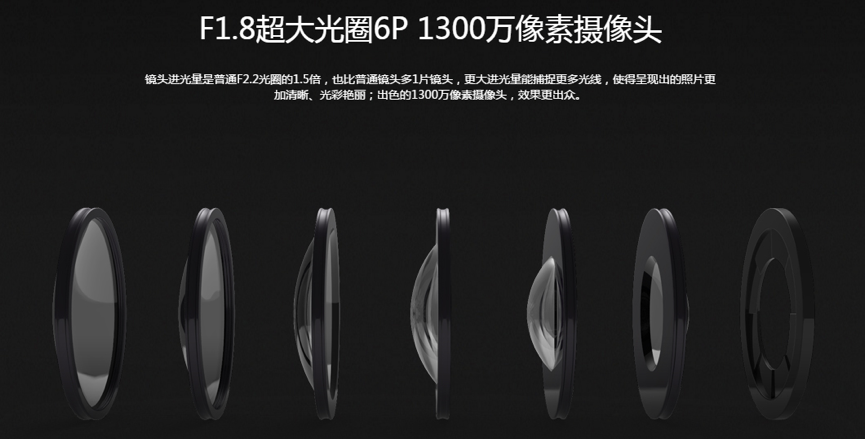
In addition to the focal length, another important indicator is the aperture. Similar to the camera lens, the smaller the aperture value, the larger the aperture. Because of the limitation of the volume and hardware structure, the aperture of the mobile phone lens is fixed. If the other conditions are the same, the larger the aperture, the more light the sensor can reach. In low light conditions, the brightness of the large aperture is even higher. At present, the camera aperture is generally better than F/2.4.
In addition to the night shot is better, the big aperture also means that a greater amount of light can increase the shutter speed. Let's take an example. Shooting the same photo requires a fixed amount of light. With a large-aperture lens, we can shoot at 1/2 second. For a small aperture lens, if you want to get the same amount of light, you need to extend the exposure time. If your hand accidentally trembles during this process, then it's embarrassing that the photo is spent. Faster shutter speeds and faster snapping speeds are another great aspect of the big aperture.

The lens of a digital camera is composed of multiple lenses. According to the function and role, it will be divided into different lens groups. Let's take an example. One lens has 7 groups of 11 lenses. There are 9 lenses in this lens. The 9 lenses are divided into 7 lens groups. Currently, the lens group of a cell phone is usually 4, 5, or 6, of which 5 are usually labeled 5P and 6 are 6P. Models using 5P or 6P lenses are often used by manufacturers as promotional gimmicks. Theoretically, because different manufacturers and different products use different technologies, it is not possible to judge the quality of lenses simply by the number of lenses and the lens group.
In addition to the number of lenses, the material of the lens is also very important, the lens is usually divided into two types of glass and plastic, the glass has better light transmittance, better optical performance, and greater imaging quality. However, the cost of the glass lens is high, and the plasticity of the lens is not strong. Therefore, in addition to the high-end models or some mobile phones that use the camera as the main function, many mobile phones use relatively inexpensive plastic lens sets.
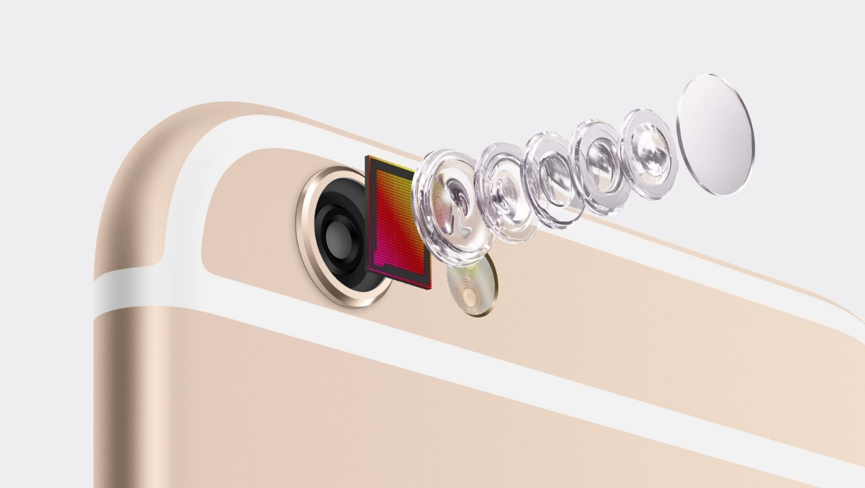
The sapphires and gorilla glass lenses marketed by merchants are mostly lens-protective glasses. The hardness of the surface material only determines the abrasion resistance of the lens and does not improve the image quality. For example, the sapphire lens used in the iPhone 6 actually has only the outermost protective glass made of sapphire.
The importance of software algorithms

In addition to these effects on the hardware, the manufacturer's optimization of the camera, which is the camera's algorithm, is also very important for the image quality. As the most important mobile camera manufacturer currently, Sony provides cameras for a number of mobile phone manufacturers and is widely used by many manufacturers including Apple, Samsung, Huawei, Xiaomi, etc. However, different models using the same type of camera have the same imaging effect. There is a big difference. This is caused by the gap between the "soft power" of the camera optimization and algorithm. Taking the above picture as an example, the iPhone's progress in the accuracy of color and white balance is obvious to all. We can see that the colors on the iPhone's early models are obviously warmer, and after 4S, the colors tend to be true. Here we take the foreign media's iPhone shooting effect as an example to interpret the difference of the algorithm.
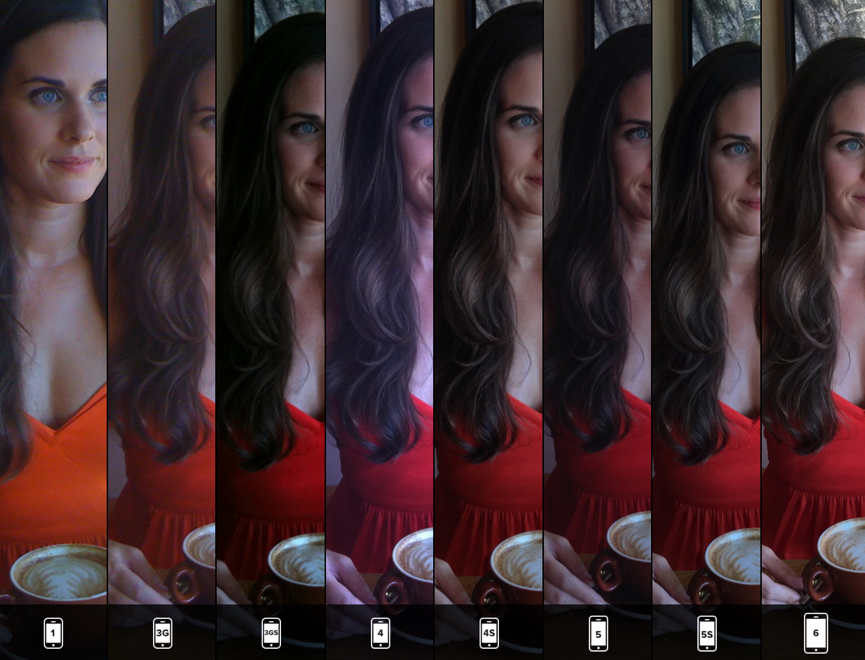

First of all, there was a problem with white balance, which did not switch to portrait style, and the colors were quite different, but it also illustrates one problem - the importance of white balance to a photograph. Even if a cell phone is equipped with the best camera component, but your software algorithm problems can not accurately determine the white balance, then the high pixels can only shoot such a strange purple skin. Excluding the four generations of proofs, we can see that now the iPhone is warmer and the skin tone is more reddish than the earlier models. At the same time, brightness optimization continues to progress, the background is getting brighter, and the contrast is also improved.
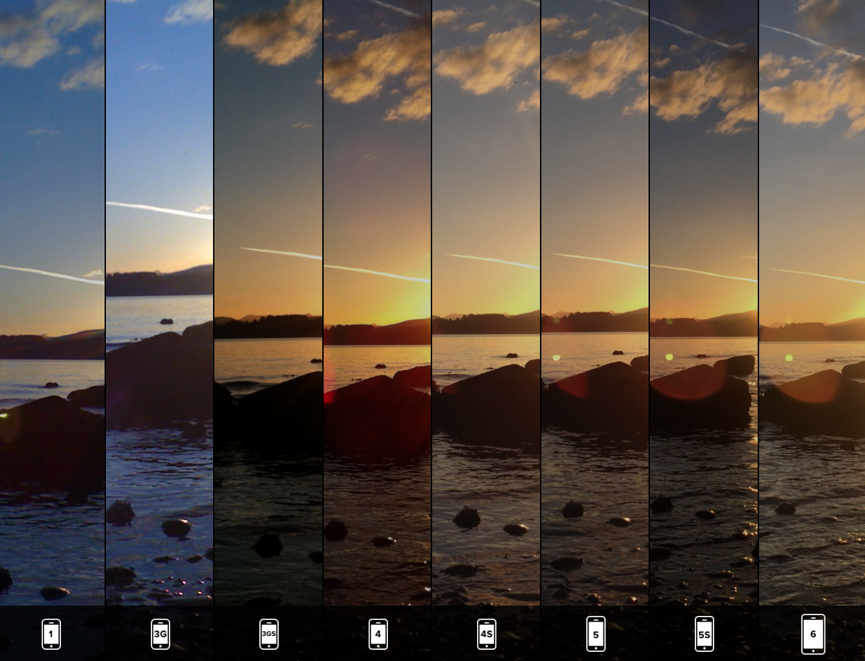
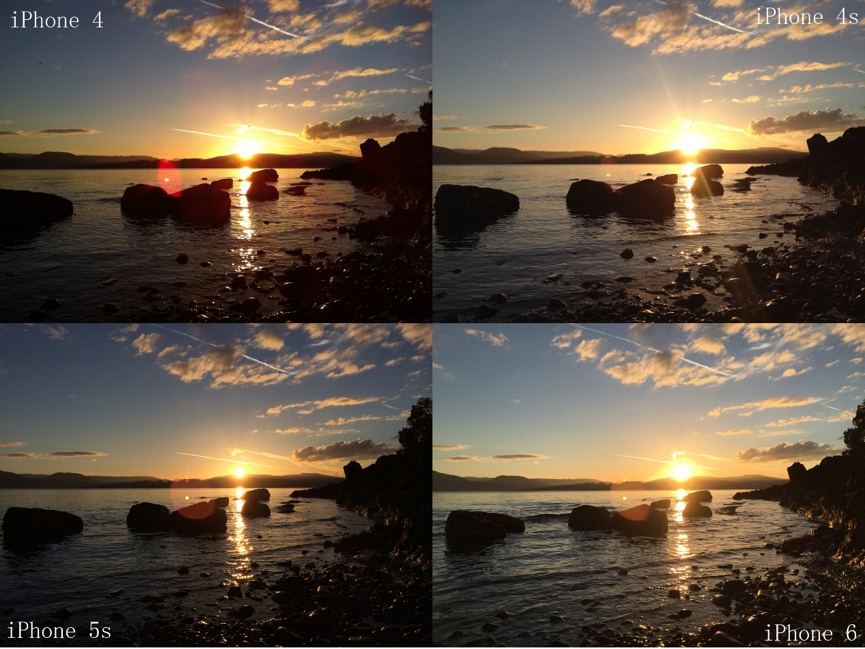
In the contrast of the sunset, we can see that the quality of the image has obviously improved. In the proofs taken by the early models, we can't see the sunset in Shenzhen. With 4S as the dividing line, the subsequent models have a significant increase in the brightness of the water surface, 3GS and 4 of the water surface brightness is low, lost a lot of detail. In the premise of unchanged pixels, 6 has a certain improvement compared to 5S in detail, which is the improvement brought by the algorithm.
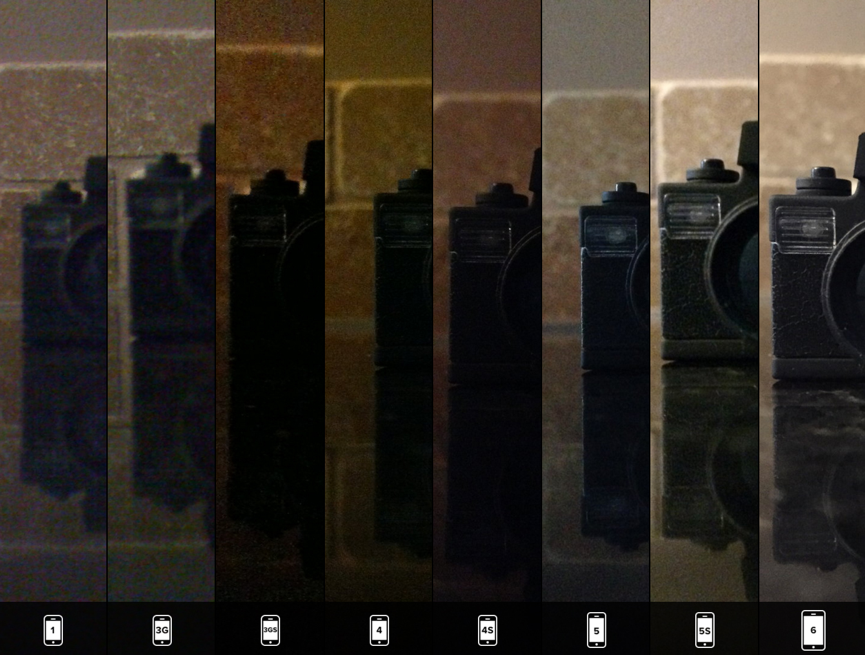
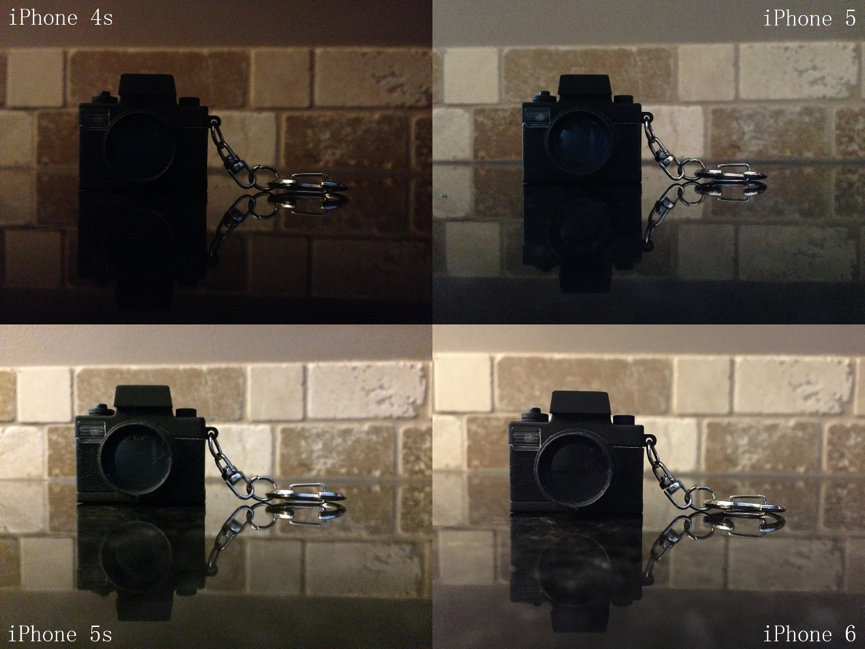
Under the weaker light conditions, 5S and 6 have made significant progress compared to previous generations of models, and the screen brightness has improved significantly compared with previous generations of models. 3GS, 4 and 4S are obviously biased in white balance, and the picture is obviously yellowish. 5S and 6 are very accurate in this respect. In addition, in the enlarged proofs, the iPhone 6 performed very well, and the noise control level was not a small increase compared to the 5S. This is also due to Apple's increasingly sophisticated algorithms.
Well, today's science popularization is over here. When we see here, we have a clear understanding of the factors that affect the shooting effect of mobile phones. High pixels do not necessarily bring high image quality, and algorithms can't make up for everything. Only hardware and software can be applied. There are no short boards in pixels, sensors, lenses, and later algorithms. In order to truly make a perfect camera, It is Samsung and Apple's long-term advantage in taking photographs.
![<?echo $_SERVER['SERVER_NAME'];?>](/template/twentyseventeen/skin/images/header.jpg)